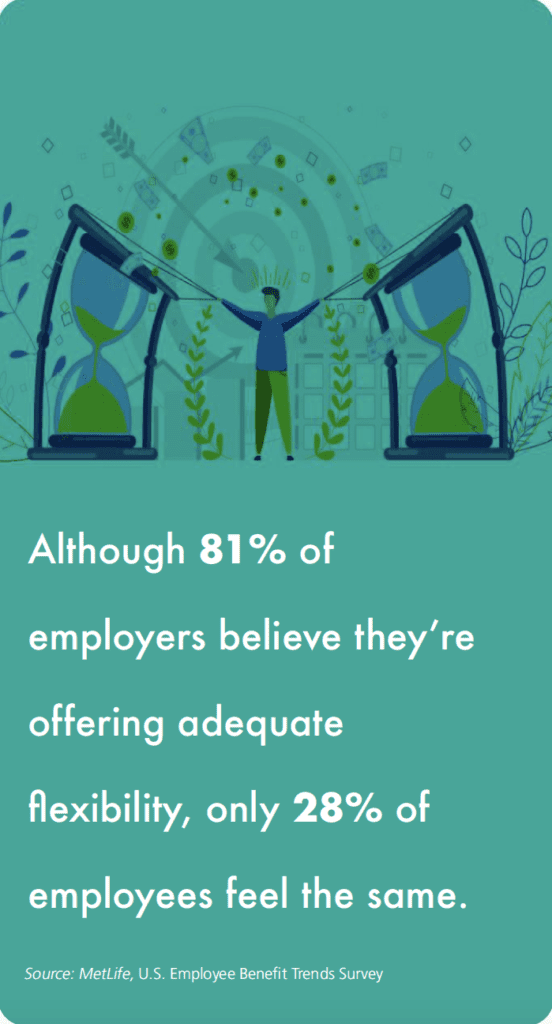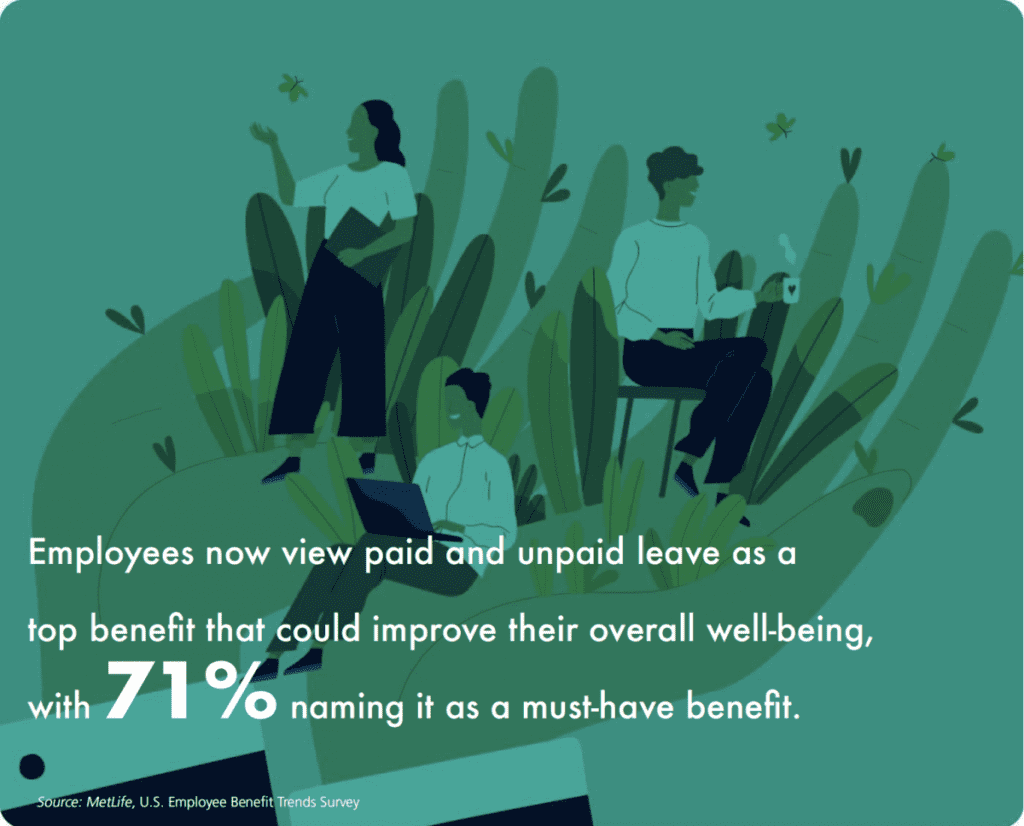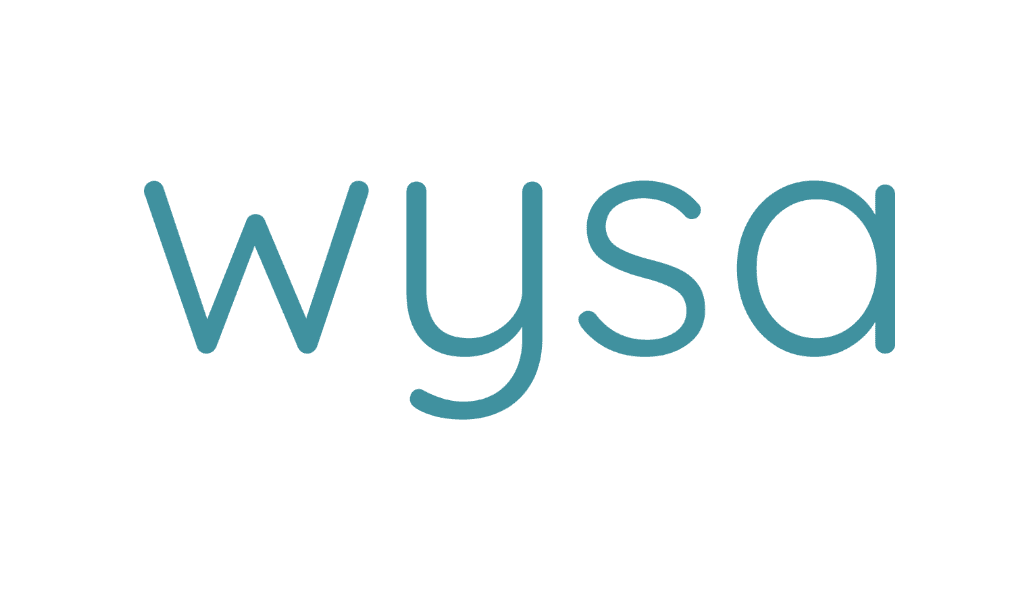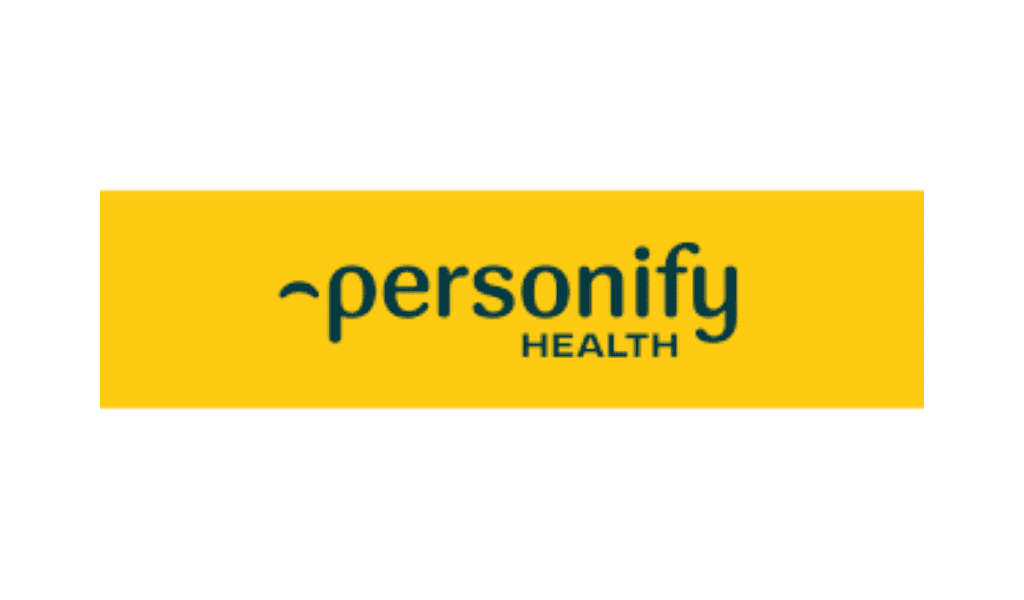2020 has tested employee well-being like never before. Here’s how employers can help.
By Cynthia Coverson
As employers begin to see the “light at the end of the tunnel” one year into COVID-19 amid vaccination rollouts and reopening plans, many are beginning to reflect on just how drastically employees’ needs and desires have evolved during the pandemic. For example, MetLife’s 19th annual U.S. Employee Benefit Trends Study found that this year, more employees than ever have stated employers have a responsibility for the well-being of their workforce. That’s why this is an opportune time to prioritize employee well-being, particularly as many employers begin to make important decisions about the future of the workplace.
That said, it can be challenging for employers to predict what blend of benefits will best support their employees’ well-being, especially as their needs continue to evolve amid the rapidly-changing status of the pandemic. When thinking about which benefits may be best for their workplace right now and in the future, here are three key considerations for HR to keep in mind.
1. Emphasize flexibility. As the line between employees’ personal and professional lives continues to blur amid widespread work-from-home policies, many are searching for workplace flexibility when it comes to their hours, location, and more. However, although 81% of employers believe they’re offering adequate flexibility, only 28% of employees feel the same.
To help bridge the gap between employees’ needs and employers’ current offerings, organizations should consider expanding their definition of what a flexible workplace looks like. Flexibility doesn’t just mean offering remote work; it can also encompass paid and unpaid leave options like comprehensive vacation, sick leave, long- and short-term disability, and more.
According to MetLife’s study, employees now view paid and unpaid leave as a top benefit that could improve their overall well-being, with 71% naming it as a must-have benefit. Giving employees the time off they need to focus on individual or family obligations -like coping with personal health matters or caring for a child who’s remote schooling -can help them feel more refreshed and focused once they’re able to return to the office.
2. Understand the importance of personalization. As different demographics experience disparate pandemic-related challenges, it’s important for organizations to understand that there is no one-size-fits-all approach to improving employee well-being. For example, boomers are struggling more with working from home than their digitally native Generation Z and young millennial co-workers. Just consider that half (51%) of employed Gen Z and young millennials say their work-life balance is better now than before the pandemic -but only one in four baby boomers say the same.
 These disparities in employee experience have translated to differing needs and desires when it comes to employer offerings. MetLife’s study has found that Gen Z workers prefer flexibility in where they work over a higher salary, while boomers are more likely to say they miss in-person interactions with colleagues.
These disparities in employee experience have translated to differing needs and desires when it comes to employer offerings. MetLife’s study has found that Gen Z workers prefer flexibility in where they work over a higher salary, while boomers are more likely to say they miss in-person interactions with colleagues.
Each age group also showed different preferences for employee benefits: Boomers prioritize benefits that support their physical health, including vision care (up 18 percentage points since last year), while Gen Z and millennial employees are calling for mental and financial health benefits, such as legal services and student debt assistance (both up 19 percentage points since last year) and life insurance (up 11 percentage points since last year).
As such, employers should take time to recognize the unique pain points employees are experiencing at each life stage and adapt their offerings accordingly. Remaining cognizant of these differences can be critical to boosting long-term employee well-being across the workforce.
3. Focus on clear communication. No matter how strong an employer’s benefits offerings are, employees won’t be able to take advantage of these resources if they don’t understand them. Particularly in today’s virtual world, it can be challenging for employees to connect with their HR representatives to ask questions or learn more about the benefits that best suit their needs.
With this in mind, employers should embrace digital communications to help employees better understand their benefits. Easy-to-implement options can include regular benefits emails throughout the year (not just during open enrollment season), virtual HR “open door” hours, townhalls, and more to help employees think critically about benefits. Communicating these benefits effectively can make a huge difference when it comes to employee well-being: According to MetLife’s data, when employees are satisfied with the frequency and clarity of communications from their employer, they’re 177% more likely to be holistically well.
While employers’ priorities may have understandably shifted away from benefits during the early days of the pandemic, today is a critical inflection point for employers to take action when it comes to employee well-being. Indeed, according to MetLife’s study, employers have predicted that employee well-being will be the top factor impacting the workplace of the future. As the transition into a post-pandemic world begins, this importance will only grow.
With this in mind, employers should remain cognizant of employees’ unique challenges during this transitionary period and ensure that they are not only offering the right benefits, but also communicating those benefits effectively. Doing so can not only help employees stay more holistically well, but also catalyze tangible improvements in employee productivity and success at work -marking a win-win for both employees and employers.
Cynthia Coverson is senior vice president of group benefits at MetLife.















